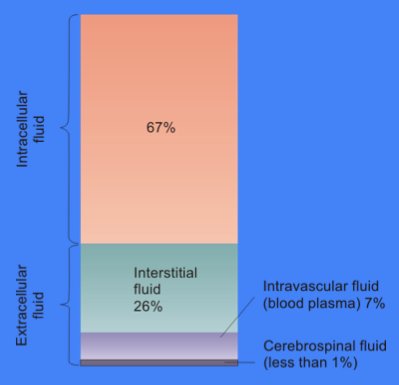

Here you will find options to view and activate subscriptions, manage institutional settings and access options, access usage statistics, and more.The fluids of the body are primarily composed of water, which in turn contains a multitude of substances. If you believe you should have access to that content, please contact your librarian.įor librarians and administrators, your personal account also provides access to institutional account management. The institutional subscription may not cover the content that you are trying to access. Oxford Academic is home to a wide variety of products.

This authentication occurs automatically, and it is not possible to sign out of an IP authenticated account.Ĭhoose this option to get remote access when outside your institution. Typically, access is provided across an institutional network to a range of IP addresses. If you are a member of an institution with an active account, you may be able to access content in one of the following ways: Get help with access Institutional accessĪccess to content on Oxford Academic is often provided through institutional subscriptions and purchases. The regulation of extracellular volume status is regulated by a complex neuro-endocrine mechanism, designed to regulate sodium in the extracellular fluid. The regulation of intracellular fluid status is largely governed by the regulation of the interstitial fluid osmolarity, which is regulated by the secretion of antidiuretic hormone from the posterior pituitary gland.

Body fluid status is governed by the difference between fluid inputs and outputs fluid input is regulated by the thirst mechanism, with fluid outputs consisting of gastrointestinal, renal, and insensible losses. The movement of fluid to and from the intracellular compartment and the interstitial fluid compartment, is governed by the relative osmolarities of the two compartments. More recent evidence suggests that a model incorporating the effect of the endothelial glycoclayx layer, a web of glycoproteins and proteoglycans that are bound on the luminal side of the vascular endothelium, better explains the observed distribution of fluids. The movement of fluids between the intravascular and interstitial compartments, is classically described as being governed by Starling forces, leading to a small net efflux of fluid from the intravascular to the interstitial compartment. The extracellular compartment is divided into intravascular, interstitial and transcellular compartments. In healthy humans, the body is composed of approximately 60% water, distributed between intracellular and an extracellular compartments. An understanding of the physiology of body fluids is essential when considering appropriate fluid resuscitation and fluid replacement therapy in critically-ill patients.


 0 kommentar(er)
0 kommentar(er)
